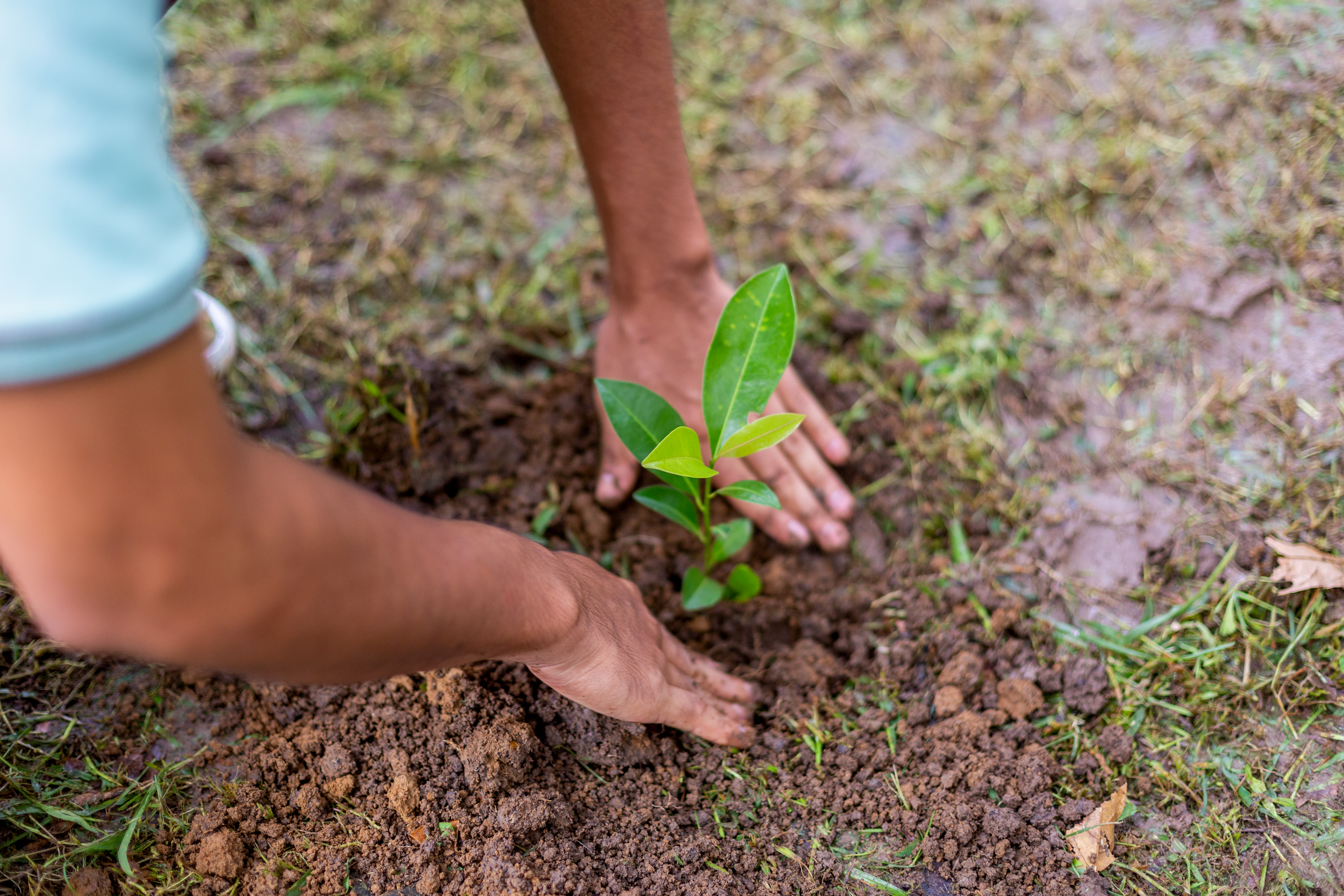
- The country begins the search for a consulting entity to carry out the first measurements, thanks to an initiative led by UNDP and the REDD+ Secretariat.
- Until now, the carbon absorbed by trees has been accounted for, but soil carbon could double these figures and open the door to more climate financing resources.
- This accounting will allow for the update of the national Forest Emission Reference Level, including soil carbon reserves, which is key to accessing voluntary carbon markets.
San José, December 12, 2023 - Costa Rica begins the official path towards quantifying the organic soil carbon (OSC) of its forests with the search for a consulting firm to perform the first measurements.
The hiring is the result of a process led by the United Nations Development Programme (UNDP), through the REDD+ Results-Based Payments (PBR) Project, in collaboration with the Ministry of Environment and Energy (MINAE), through the REDD+ Secretariat.
With this effort, the country will be able to report more carbon per unit area of surface and the recognition of climate financing will be for avoided deforestation and degradation. From this report, it will be possible to update the national Forest Emissions Reference Level (FERL) and make visible Costa Rica's role in providing environmental services related to soil carbon conservation, as well as opening possibilities to receive more climate financing resources.
"For many years, Costa Rica, like other countries, has focused on avoiding carbon dioxide (CO2) emissions that contribute to climate change, addressing the aerial part of forest systems, through forest conservation. This has been a great achievement for the country, driven mainly through the protection of wilderness areas and payment for environmental services, which have brought so many recognitions to the nation. It's time to broaden that horizon, determine soil carbon reserves, and tell the world about the environmental services Costa Rica offers in this field," explained José Vicente Troya, UNDP Resident Representative in Costa Rica.
Why is soil carbon important?
According to data from the United Nations Food and Agriculture Organization (FAO), the soil is a reservoir that contains more carbon than the atmosphere and terrestrial vegetation combined. Thus, soils are valuable carbon sinks that require monitoring and their conservation is crucial to mitigate climate change. In addition, soils with high organic carbon content are fundamental for the sustainability and productivity of human activities, such as agriculture.
Both the United Nations Framework Convention on Climate Change (UNFCCC), the Kyoto Protocol, and the Paris Agreement have indicated the need to regularly report on anthropogenic greenhouse gas (GHG) emissions. This includes presenting accurate inventories on changes in OSC reserves. Costa Rica has made great efforts to account for carbon emissions avoided through forest protection, as well as direct actions for its prevention. According to FAO data, CO2 emissions from deforestation and forest degradation represent 11% of global emissions. Now, it is important to add soil carbon data to this. Having solid data on soil carbon will make visible the environmental services that Costa Rica offers in this regard and opens the possibility of new sources of income from climate financing.
"Currently, Costa Rica has about one million hectares of secondary forest growing. However, probably by the middle of the next decade that forest will be mature and its effect in offsetting emissions will decrease in terms of aerial biomass, so we need to think about other opportunities to receive climate financing. The greatest potential for quantification that we have to claim carbon credits is in soil carbon. Therefore, it is necessary to build a baseline, to account for carbon stock and claim international funds in case positive values are obtained," explained Jorge Mario Rodríguez, executive director of the National Forestry Financing Fund (FONAFIFO).
A program like the Environmental Service Payment, implemented by FONAFIFO, currently pays $18 per hectare per year for the carbon captured by forest cover. If the service provided by forest soils to avoid carbon emissions were added to that, this amount could increase.
The study & expected results
It is important to understand that OSC can be released into the atmosphere mainly through deforestation and degradation, which is why the consultancy for accounting for forest soil carbon will assess the change in OSC occurred due to deforestation or land-use change, through the comparison of land uses (forest – non-forest).
The study will track the effect of 70% of the country's deforestation, thus allowing for the calculation of the OSC change rate. The accounting includes inventorying 130 plots, to estimate OSC emissions due to deforestation. The consulting firm will propose the methodological approach, sampling points, and quality assurance and control procedures, among others, and must develop the work in approximately 34 weeks.
Firms interested must demonstrate experience in calculating forest carbon reserves, considering each of the sinks recognized by the Intergovernmental Panel on Climate Change (IPCC), experience in OSC sampling, in the use of geographic information systems, in personnel management, administration, planning, organization, direction, and control of technical fieldwork, preferably in forest measurements, among others.
For more information on the hiring, please visit this link.
